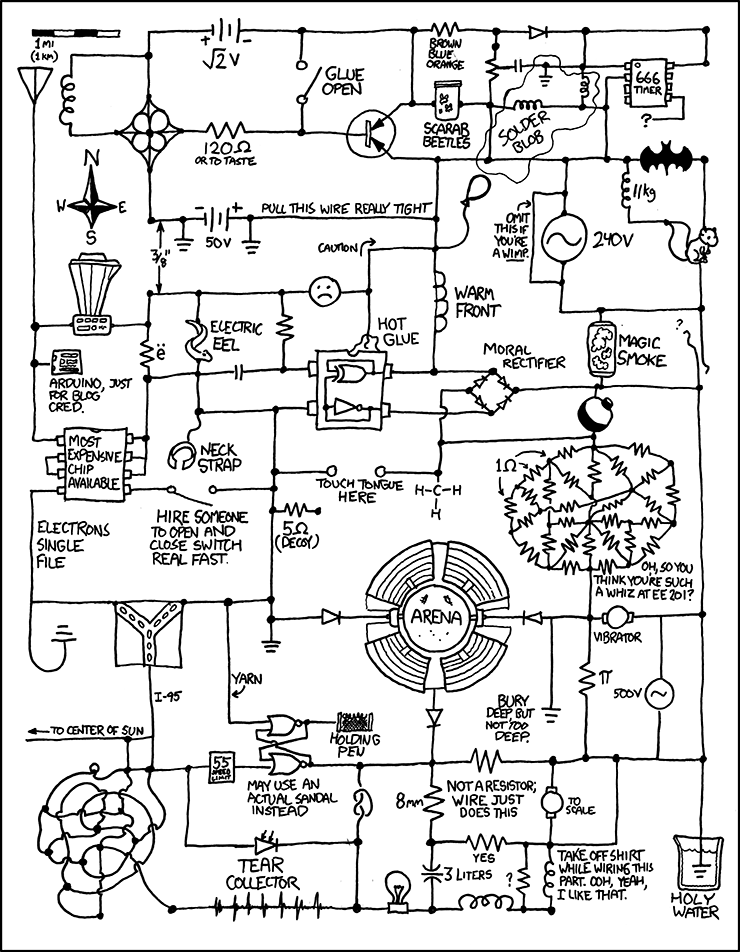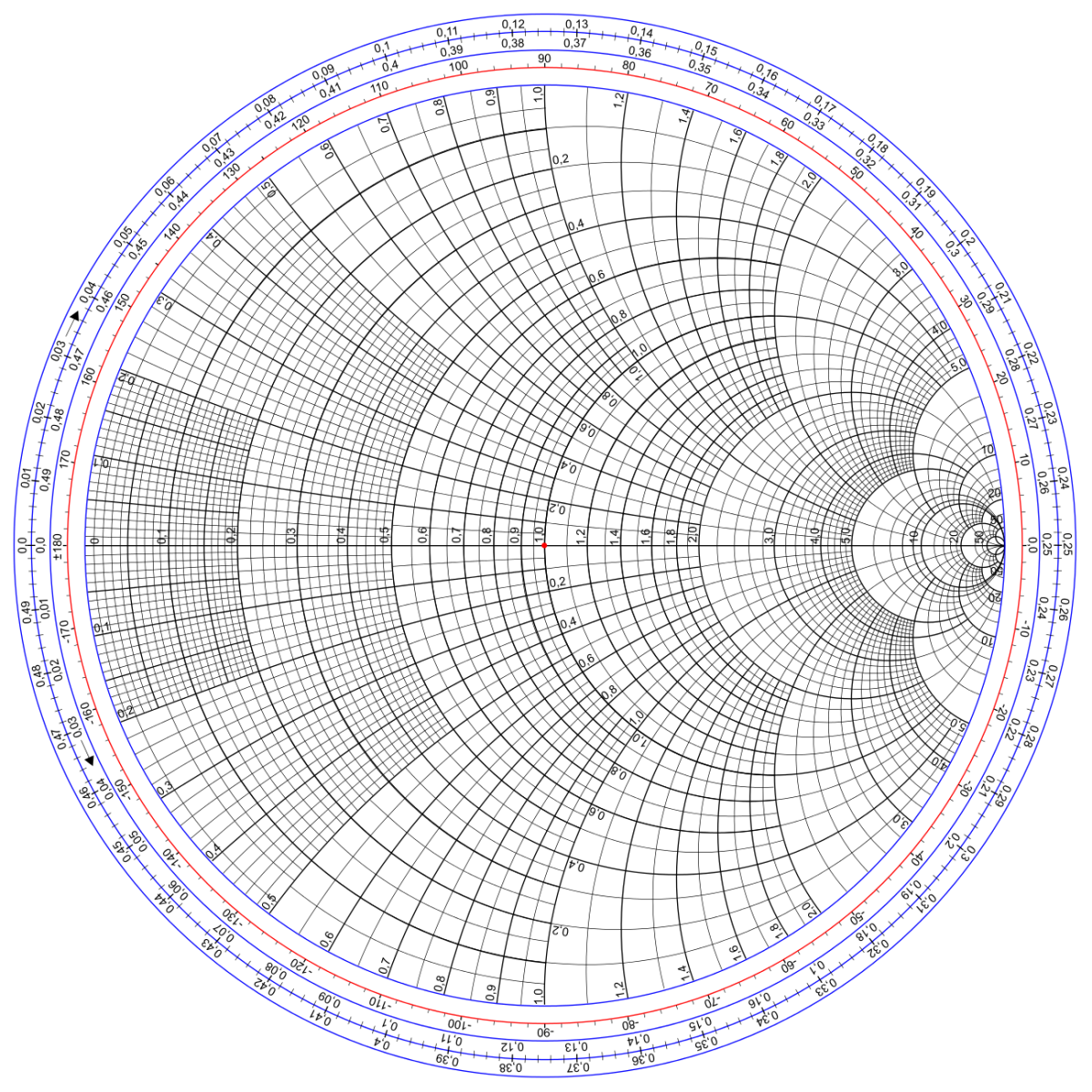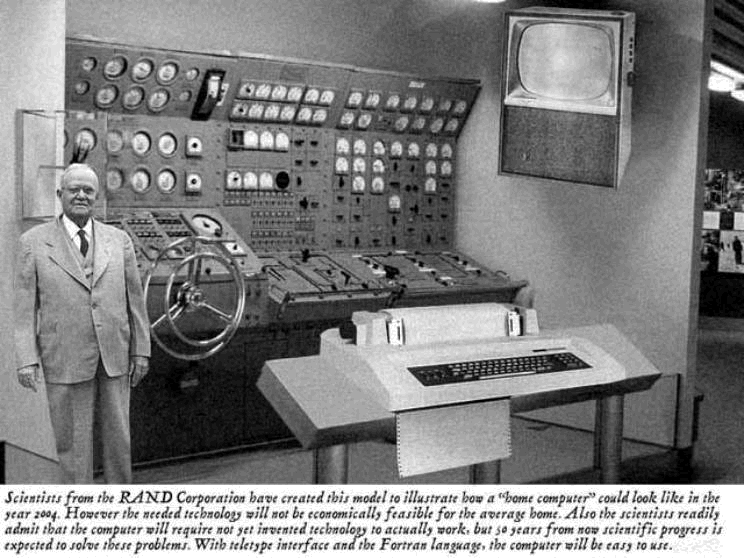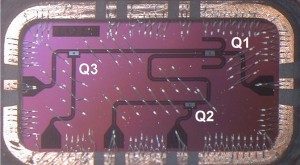Hardware
 Title: Circuit Diagram, by: Munroe, License: Creative Commons 2.5
Title: Circuit Diagram, by: Munroe, License: Creative Commons 2.5
Click on image to see the latest xkcd cartoon
Dreams
Before I became a teenager, back when the world was young, my mom worked in the main office of Chemtronics, Inc. Back then, Chemtronics specialized in television tuner cleaners, lubricants, solvents and compressed air. As a frequent advertiser in all the major trade magazines, Chemtronics received stacks of complimentary issues in their Brooklyn, NY office. Knowing how I liked to take apart transistor radios and phonographs, my mom brought home piles of Popular Electronics, Radio-Electronics and other hobbyist magazines. Which I devoured. To this day I still enjoy reading schematics and uncovering the tricks the designer used to tease the electrons into place. I also enjoyed playing with radios, tweaking the transformers so I can copy the local marine operators connecting the fisherman to the women they loved on shore. Nowadays I continue to play with radios as an Extra Class Amateur Radio operator, under the callsign: W2IRA. A propensity towards electronics, coupled with an infatuation with all things mathematical led me to study Electronics in high school and college.

Creations
While I was seduced by schematic diagrams, and educated in formal techniques of circuit analysis and synthesis, getting an Electronic Device to market is a whole other story. Engineering a product involves deep knowledge of circuit layout, circuit decoupling practices, component qualification, regulatory compliance, sensitivity analysis, life test techniques, design for testability, reliability calculations, manufacturing techniques and so on. Modern design and simulation software has greatly simplified the process, which is why we have so many highly sophisticated yet miniature products. Still, there is a knack to it.
Slowly, my 19 year old son Noah and I are developing a hardware product we intend to market. We are in the prototyping stage of a power conditioning sub-assembly for the hobbyist. We are taking our time with this project, so Noah can develop the knack of embedded system development for himself. Noah favors SW development, since he understands it well. Learning HW design has been a trial by fire for him. By teaching Noah I am learning there is a great deal of contextual knowledge necessary to perform hardware design. Overall, I am optimistic the experience of taking a product idea from concept into manufacturing will help him develop business savvy and allow him to see for himself how well he likes Engineering.

Contrasts
Quite a few Hardware Engineers have told me they wish they could learn software/firmware. I have also met software engineers that aspire to learn hardware. One nugget I have learned that applies equally well to hardware wannabes as to software wannabes, is the power of reading other people's "code". I learned as much by pouring over open source and colleague's programs as I have by reading open source schematics and published schematics in EDN. Skilled Engineers are powerful pattern recognizers; that ability to discover and reapply patterns applies equally well to hardware and software developers.
Some hardware designers tell me they have no desire to learn software. To them the sweat, attention to detail, and labor involved in producing working code is akin to pyramid building. My retort is simple. Hardware design is also labor intensive. Checking runs on circuit boards to assure they match the diagrams; verifying the bill of materials, component placement and net lists; qualifying alternate vendors are also time-consuming laborious tasks. It is my experience that both disciplines are filled with dog work, stretching way beyond the initial joy of design and innovation.
My First Home Computer, circa 1960s, 3 bits

3 qubit quantum computer, IBM 2012
